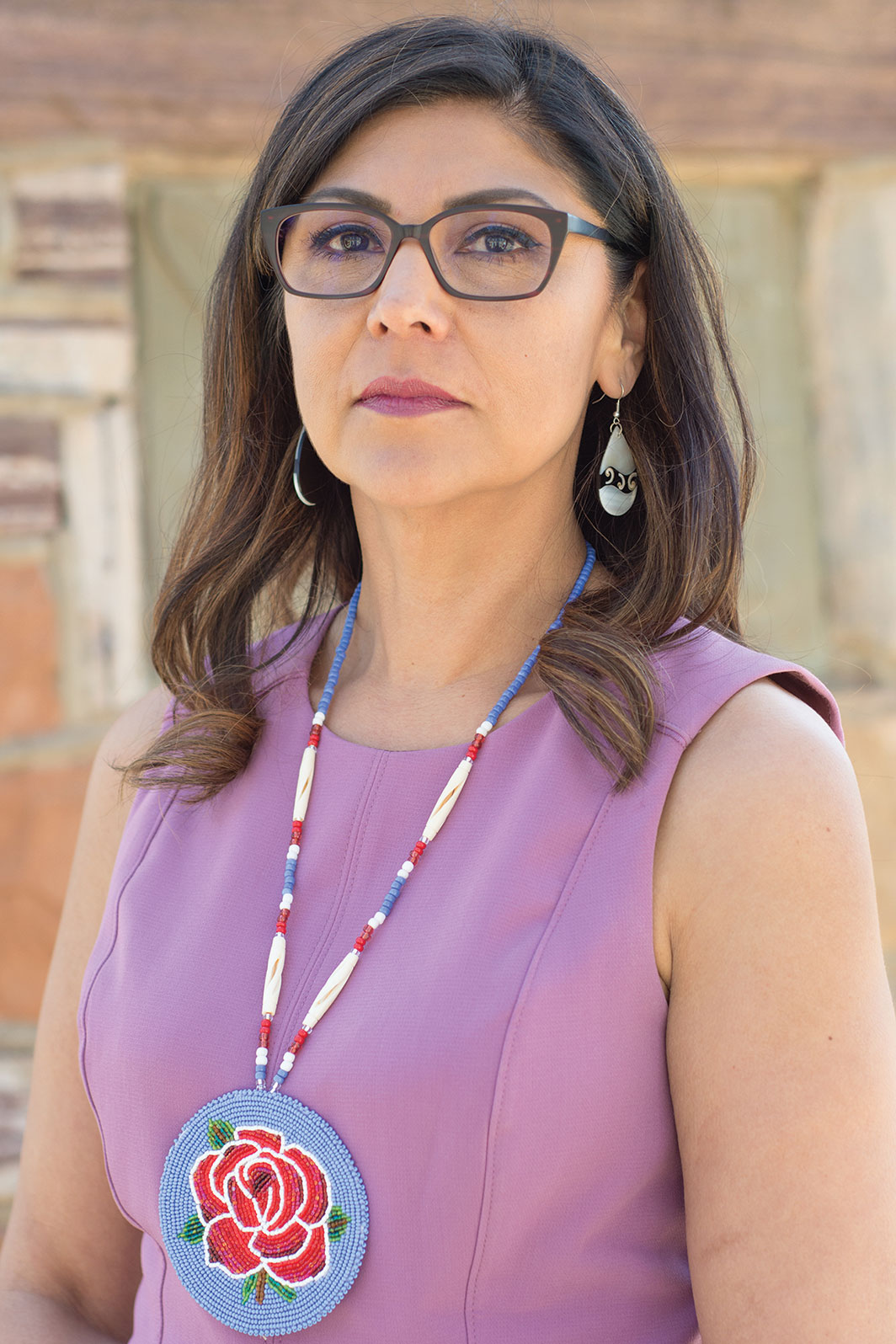FINANCIAL LITERACY
Pana-qaru ‘uru ‘apagharu
“Money Talks”
Developing a spending plan – Part One: Savings
One of many strengths traditional Native cultures have is a clearer understanding of one’s beliefs and values. As proud Native people we can continue to uphold these principles by acknowledging who we are and what we strive to achieve.
The Southern Ute Indian Tribe has adopted the following as “Core Values” through the Strategic Plan:
- Accountability
- Integrity
- Communication
- Spirituality
- Sustainability
- Ethics
- Health
- Foresight
- Compassion
- Partnership
- Preservation
- Safety
- Transparency
- Heritage
The core values highlighted among the 14 above could be considered the “money culture” of the Tribe. They are related to the values, emotions, and feelings we have about money. Now, think about your own family. What is your family’s money culture? Do you discuss money? How do you handle money? What habits do you have now that you can trace back to your childhood?
WANTS vs. NEEDS
Once you have a good sense of your own personal money culture, you can start thinking about saving money. One of the most difficult parts of learning to save your money is learning to distinguish between wants and needs. Usually a need is something you must have to survive: food, shelter, medical care. A want is something you would like to have, but it is not necessary to survive. This includes things like: brand-new furniture, the up-to-date smartphone, or the latest, sportiest car.
A good way to think about wants and needs is to think about food. If you did not eat any food for a long time, you would get very sick and eventually die… But now think about new furniture. You will survive without brand-new furniture in your home. Once you can decide what you want and what you need to live your life, you can save a lot of money, by not spending it on the things that you can live without.
CREATING SAVINGS
Even though it can be hard, everyone can save a small amount of their money. The trick is to figure out how to reduce your expenses or increase your income. You can build your savings by putting aside small amounts on a regular basis, increasing it over time into a larger and larger amount. Squirrels understand this concept. A single acorn might be meaningless, but a five-gallon basket of acorns stored up can make enough to eat for the winter.
Savings grow by managing how much you consume and putting aside the small amount that’s left over. Savings create opportunities to improve your family’s quality of life. Start with some simple savings goals. Savings goals are statements about things you wish you could afford. You can accomplish these goals, if you manage your finances and put aside money (savings) on a regular basis. Think about how long it will take to reach your savings goals. Divide the cost of your first goals by the number of weeks you think it will take to reach it. This will show you how much money you need to save each week to meet your goal. Here is a worksheet to help you get started.
Next month, we will cover creating your full Spending Plan.

